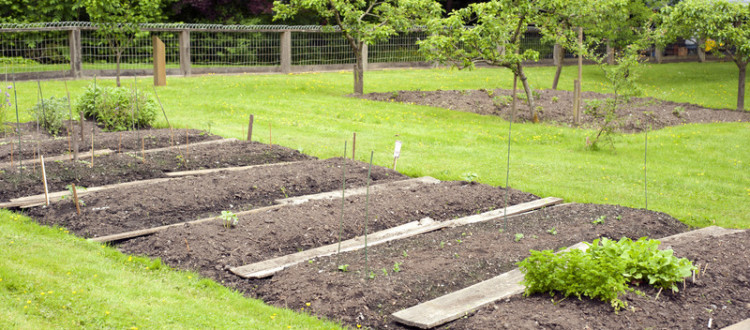Selecting the Best Location for Your Garden
When choosing location for your garden bed, observe the sun and its position over the day. Consider that trees and shrubs, over time, may grow and cause too much shade on your garden bed. If you need to build a fence around the garden bed to keep out deer or other critters, that may also affect the amount of shade in the garden.
Good sun exposure is a must, but also needed are some areas that offer relief from blazing hot summer sun. This can be accomplished by creating bean tee pees or trellises, tall corn, or tomato towers in the garden. Imagine how you want to your garden to be laid out, and what plants you think you’d like to grow and in what quantity. Try and choose a layout that lends itself to crop rotation, so you can shift plantings around from year to year. There are many ways to plan your garden, so keep in mind what it is that you want to create and achieve, but it’s okay to have fun with it too!
Raised Beds
Permanent raised beds are a nice option because they can be a beautiful focal point in your yard and are easier to water and weed. Raised beds also offer other benefits — like avoiding bad soil with poor drainage. With raised beds, you control what soil goes into them and no longer need to worry about heavy clay, bedrock, or soggy soil. Also, if you line the bottom of your raised beds with wire mesh, you will protect your plants from damage by critters like gophers and moles.
If you like using power cultivators, or plan to plant a cover crop which needs to be turned in every year, raised beds would not be a good choice.
Like all garden beds, remember to consider the orientation of the raised beds. Make sure that the placement of the raised beds optimizes the sun exposure and that the plants you choose for the boxes will not shade the neighboring crop as they mature.

